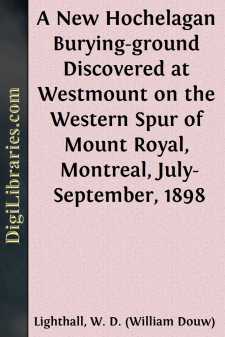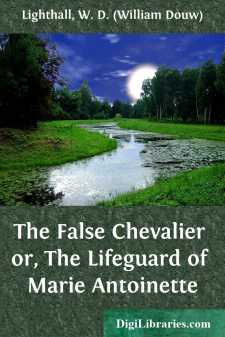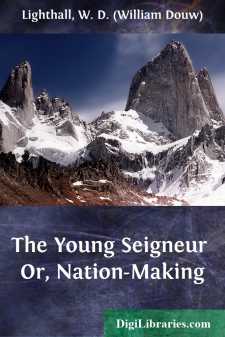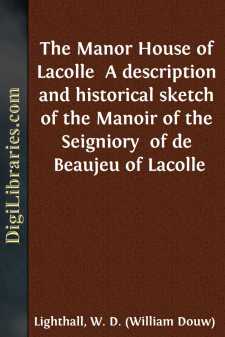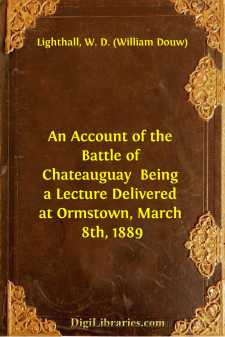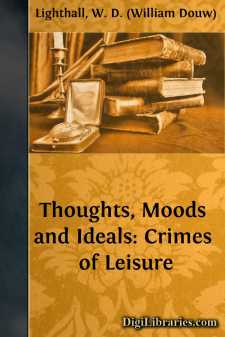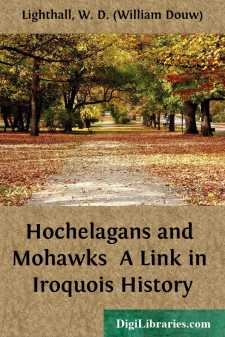Categories
- Antiques & Collectibles 13
- Architecture 36
- Art 48
- Bibles 22
- Biography & Autobiography 813
- Body, Mind & Spirit 142
- Business & Economics 28
- Children's Books 17
- Children's Fiction 14
- Computers 4
- Cooking 94
- Crafts & Hobbies 4
- Drama 346
- Education 46
- Family & Relationships 57
- Fiction 11829
- Games 19
- Gardening 17
- Health & Fitness 34
- History 1377
- House & Home 1
- Humor 147
- Juvenile Fiction 1873
- Juvenile Nonfiction 202
- Language Arts & Disciplines 88
- Law 16
- Literary Collections 686
- Literary Criticism 179
- Mathematics 13
- Medical 41
- Music 40
- Nature 179
- Non-Classifiable 1768
- Performing Arts 7
- Periodicals 1453
- Philosophy 64
- Photography 2
- Poetry 896
- Political Science 203
- Psychology 42
- Reference 154
- Religion 513
- Science 126
- Self-Help 84
- Social Science 81
- Sports & Recreation 34
- Study Aids 3
- Technology & Engineering 59
- Transportation 23
- Travel 463
- True Crime 29
A New Hochelagan Burying-ground Discovered at Westmount on the Western Spur of Mount Royal, Montreal, July-September, 1898
Categories:
Description:
Excerpt
A NEW HOCHELAGAN BURYING-GROUND
BY W.D. LIGHTHALL
The above title is provisional as respects the term "Hochelagan." All those who are interested in the Indians of old Hochelaga, or in the Mohawks with whom they seem to have had a close and not yet fully ascertained race relationship, will be pleased to learn of the discovery of a prehistoric burying-ground which is probably one of their race, the only one heretofore known having been on the borders of their town itself, about upper Metcalfe street, Montreal. The new one is on the upper level (not the top) of Westmount, which is the south-western prolongation of Mount Royal, and the four or five graves thus far found are scattered at considerable intervals over an an area of about 600 by 300 yards, nearly bounded by Argyle, Montrose and Aberdeen Avenues and the Boulevard, three of the graves being a little outside of these limits. A number of years ago a skeleton was discovered, near the surface, on the cutting of Argyle Avenue on about a westerly line from the residence of Mr. Earle. As the remains were rumored to be possibly Indian, Mr. Earle secured the skull, which had been used as a football by boys, some of the teeth, which had originally been complete in number, being thus lost. This head is identical in form with those last found. Roots of grass interlaced in it show the lightness of the covering. On another occasion many years ago, a skeleton was found, also lightly buried, and with the knees drawn up, just east of the residence of Mr. John Macfarlane on Montrose Avenue, during the digging of a flower-bed. It was over six feet long. After being exposed for a few days it was re-interred in the same spot by order of Mr. Macfarlane, and could doubtless be obtained for examination if desirable. At a later period, the gardener, Mr. Latter, who had found the Macfarlane skeleton, dug up and re-interred another just within the bounds of his own property adjoining the head of Aberdeen Avenue opposite the St. George's Snowshoe Club-house. On the 22nd of July last (1898) a gardener excavating in the St. George's Club-house grounds found three skeletons interred at a depth of from two to two and a half feet and with knees drawn up. A report of the find was made to the Chief of Police of Westmount and to Mr. J. Stevenson Brown, and Mr. A.S. Wheeler, respectively President and Vice-President of the St. George's Club, the former being also an ex Vice-President of the Natural History Society. They examined the spot and remains, Mr. Brown concluding them to be probably Indian from the prominent cheek bones and large mouths. Having just been paying some attention to the archaeology of the Iroquois, which had been taken me on a flying trip to their former country in the State of New-York, I, on seeing in a newspaper at the seaside, a short item concerning the skeletons, was immediately interested, and especially in the possibility of their being Hochelagans, and having particularly commenced some inquiries into the relations between the latter Indians and the Mohawks, I wrote, as Chairman of Health of Westmount, asking Chief Harrison to note the manner and attitude of burial and any objects found, and to enquire concerning previous excavations in the neighborhood and save the remains for scientific purposes....


